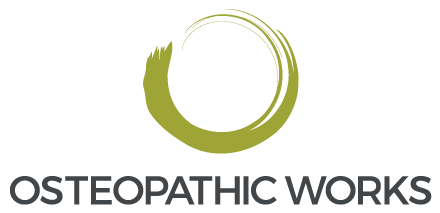The Subtle Art of Supplementing Magnesium
Magnesium is an essential mineral in the body that assists in calcium absorption. It also plays a role in over 300 enzymatic reactions, including food metabolism, the transmission of nerve impulses, and fatty acid and protein synthesis.
In Australia, the recommended daily intakes are 400mg/day and 310mg/day respectively for men and women aged between 19-30 years and 420mg/day and 320mg/day for men and women respectively aged 31 and over.
At Osteopathic Works we see a number of patients that show signs of magnesium deficiency which include:
Muscle twitches and cramps
Osteoporosis
Fatigue and muscle weakness
Anxiety
Difficulty sleeping
Migraines
There are a number of ways to boost your magnesium levels in the body
Food Intake
The following 10 foods are some of the best natural sources of magnesium.
Whole wheat
Spinach
Quinoa
Almonds, Cashews
Avocados
Black beans
Edaname
Peanuts
Tofu
Sesame seeds
Supplements
We stock a range of Metagenics brand supplements at Osteopathic Works and prescribe magnesium to our patients regularly. Our most commonly prescribed Magnesium supplement is Fibroplex Plus which has been clinically shown to or may assist in support muscular aches, spasms and cramping, support the production of cellular energy and aid in healthy blood glucose levels.
Fibroplex plus is a powder form supplement that comes in Orange and Raspberry.
Topical
The lastest addition to the clinic is Salt Lab Magnesium Oil and bath salts.
Salt lab was developed by a Melbourne based personal trainer, nutritionist & health coach.
The transdermal magnesium spray offer a fast, safe and effective method of increasing your magnesium levels. Designed to be used at any time of the day, they are perfect for boosting your magnesium, whether you use it in replace of or in combination with oral supplements.
For more information on any of these products mentioned please talk to your Osteopath or Nutritionist during your next consultation.
For extra reading we found an interesting article written by Georgia Rickard, July 2011 about other potential dietry deficiencies common among Australians.

